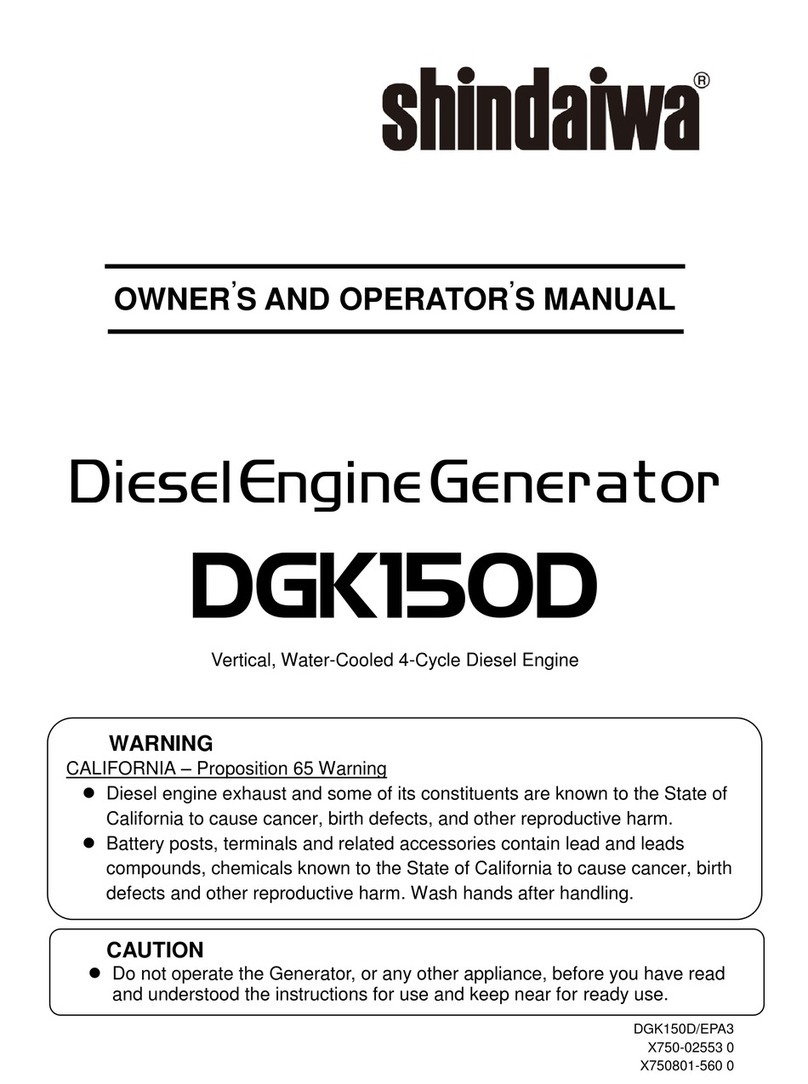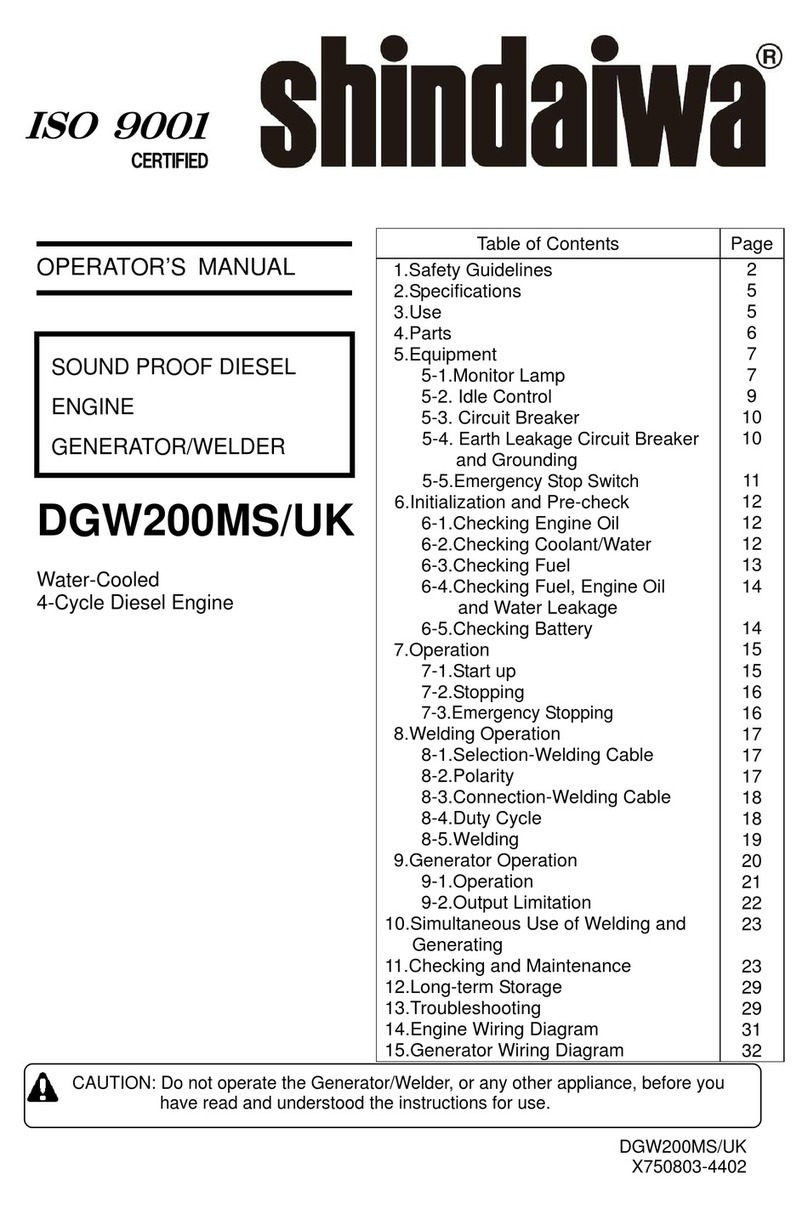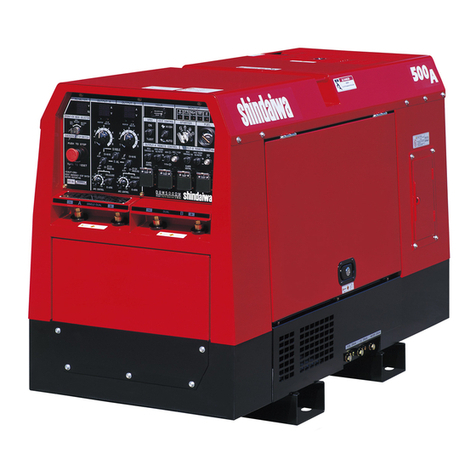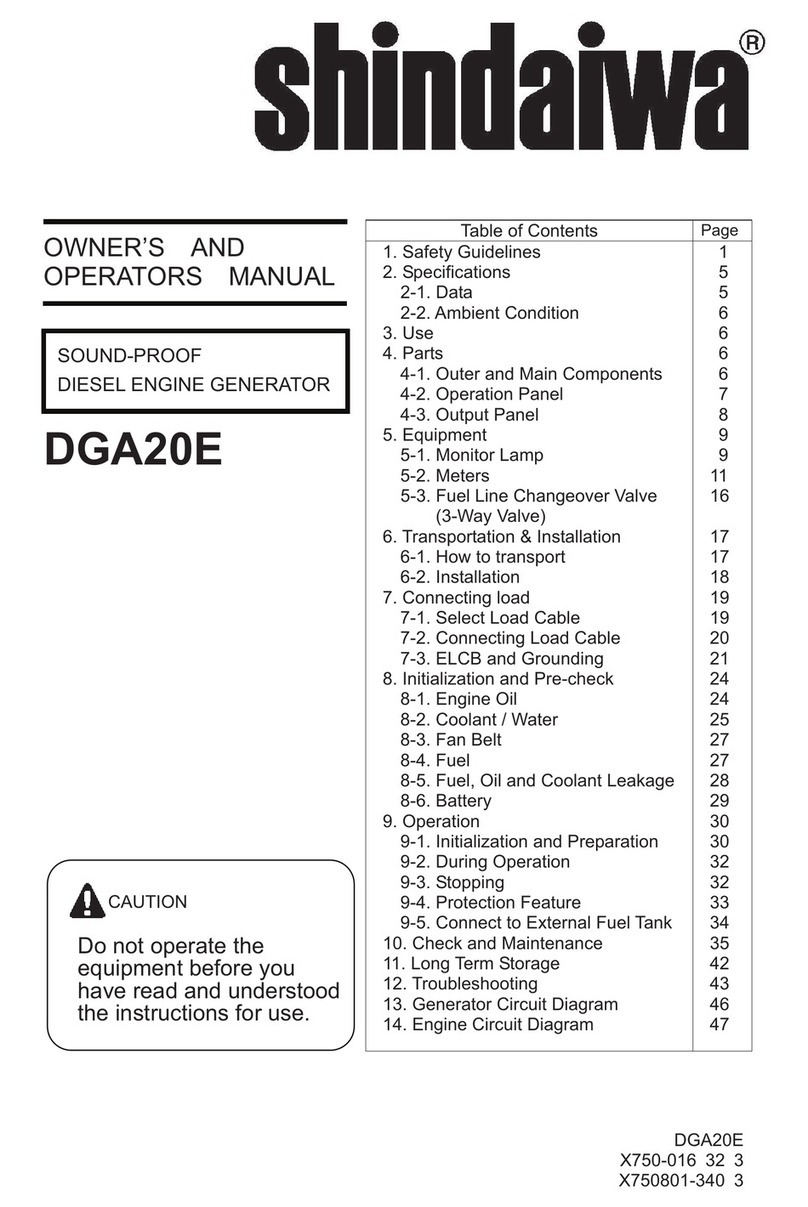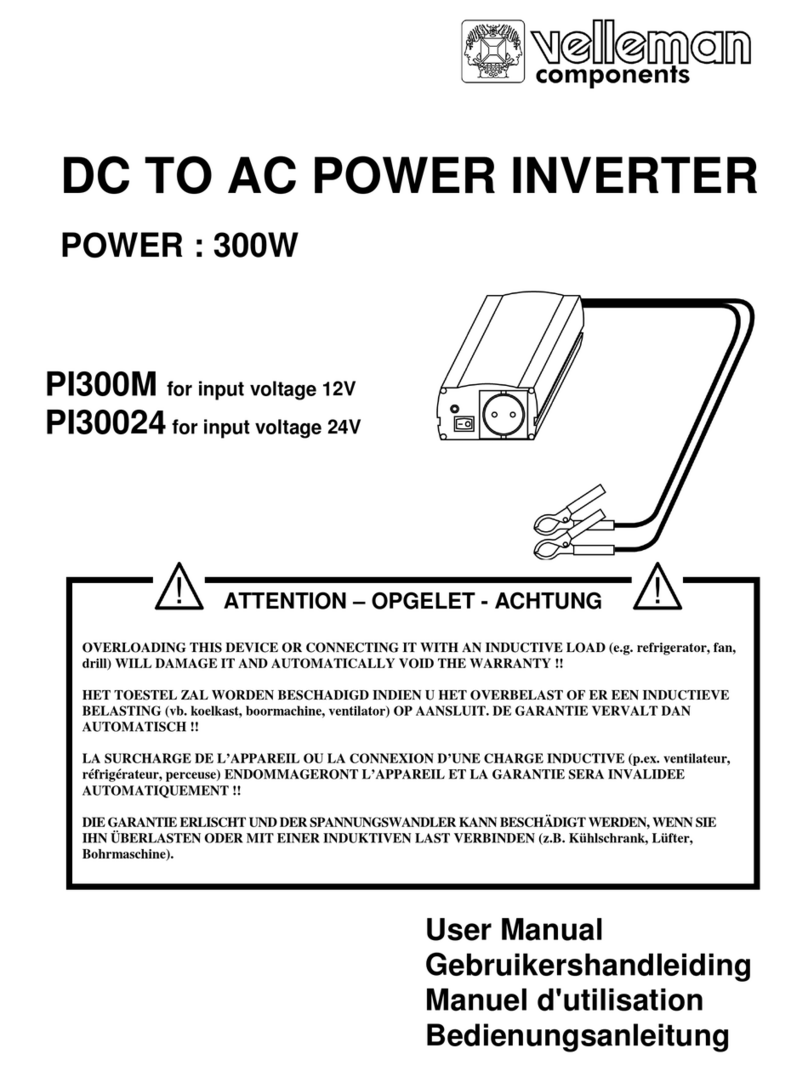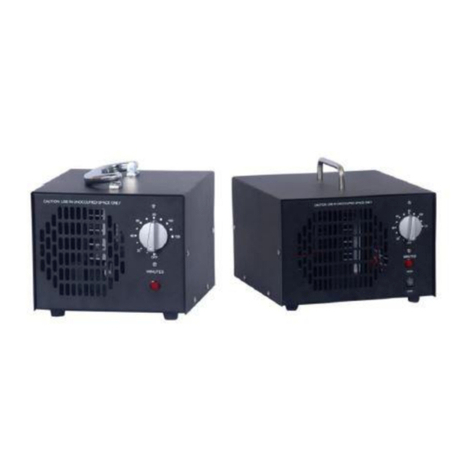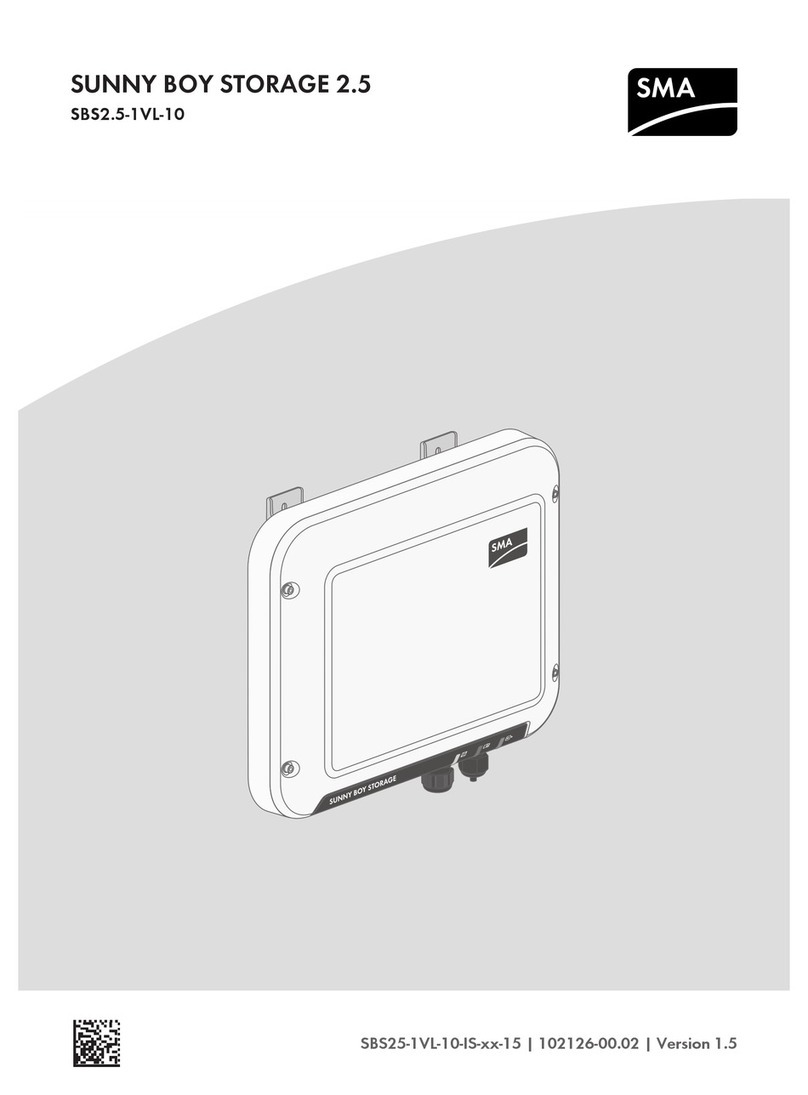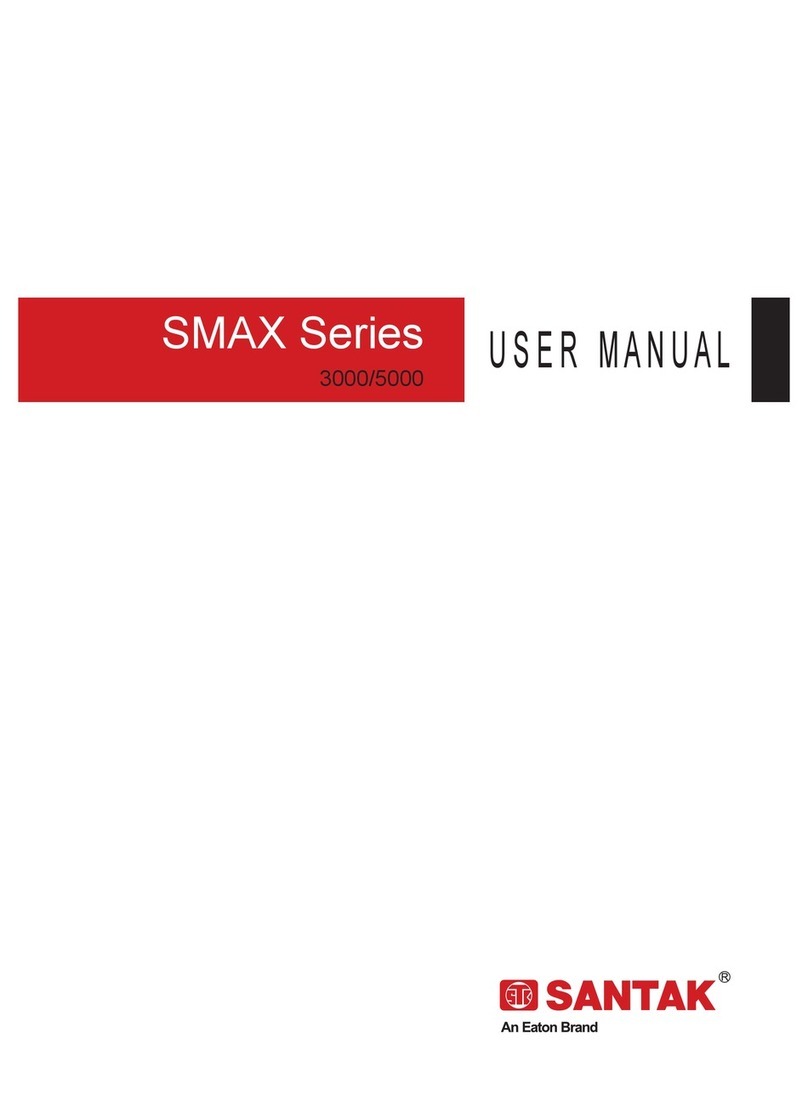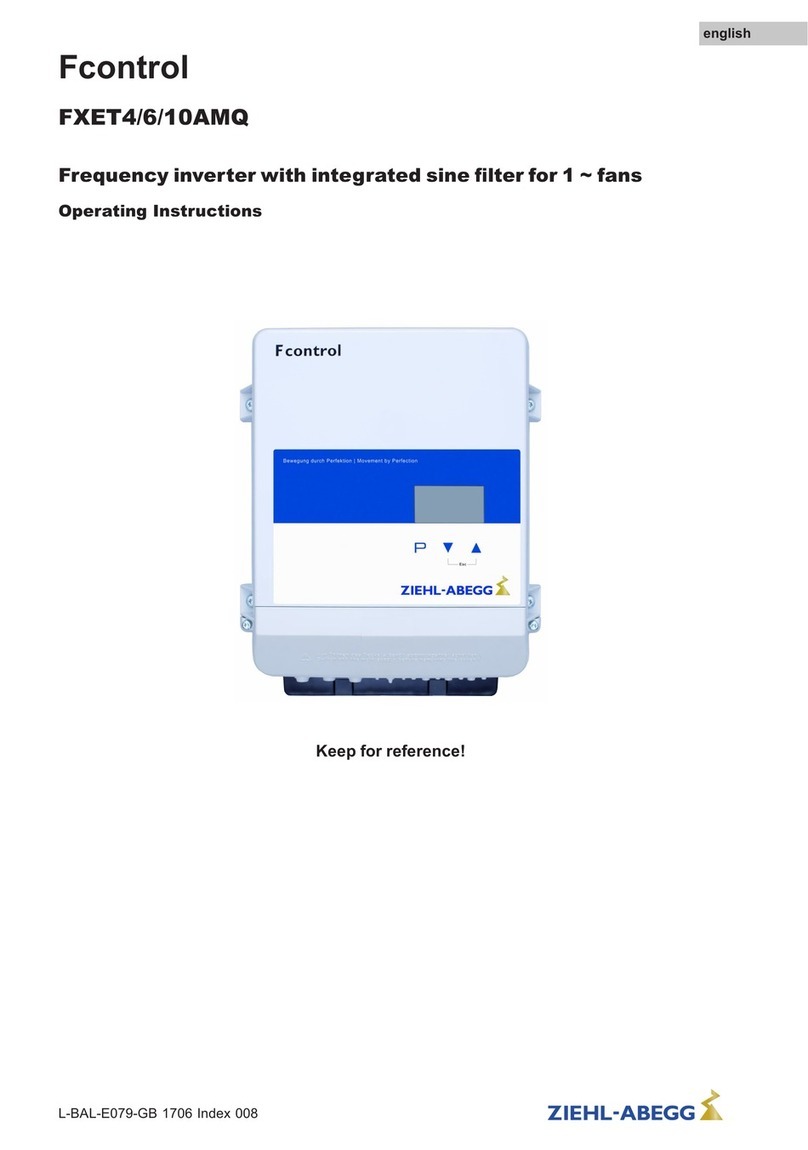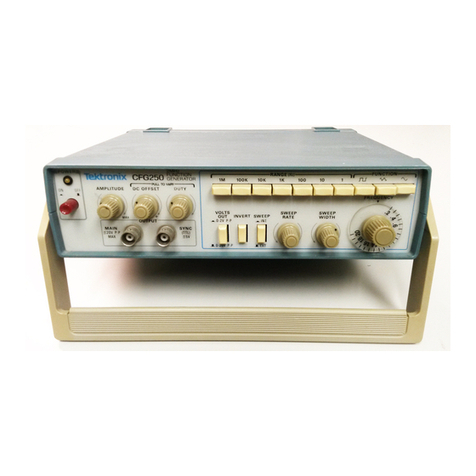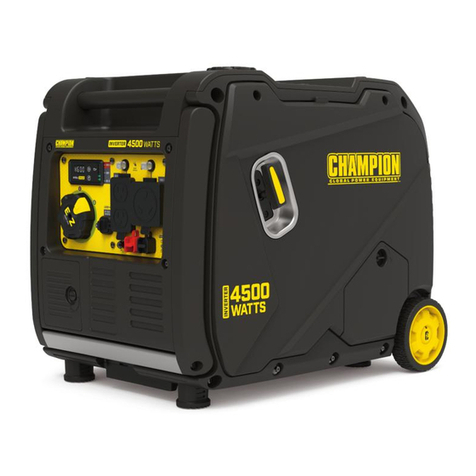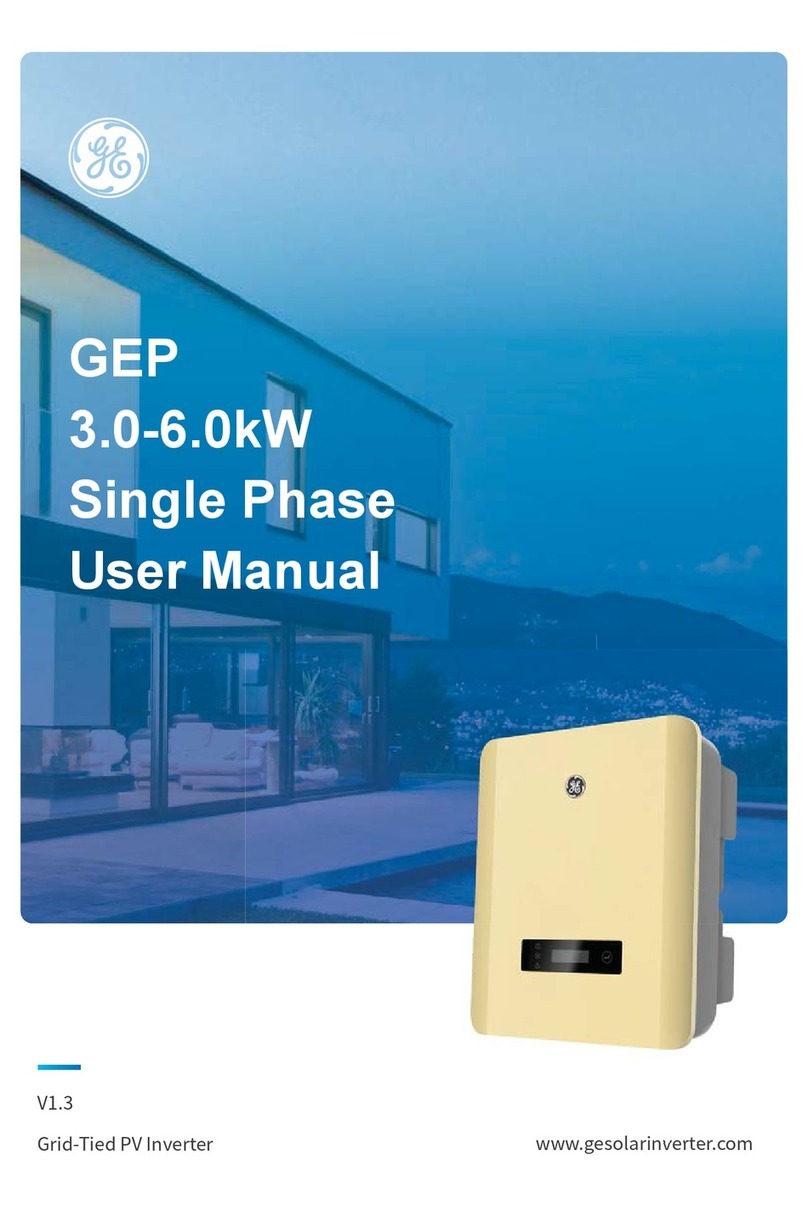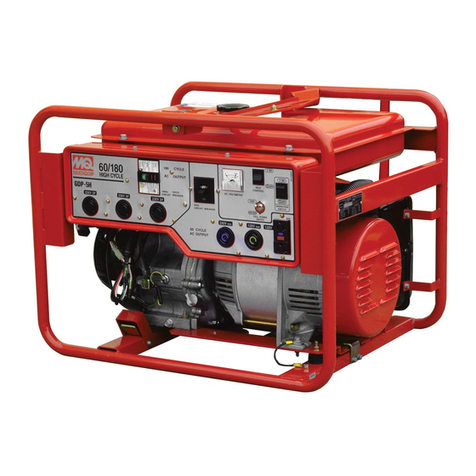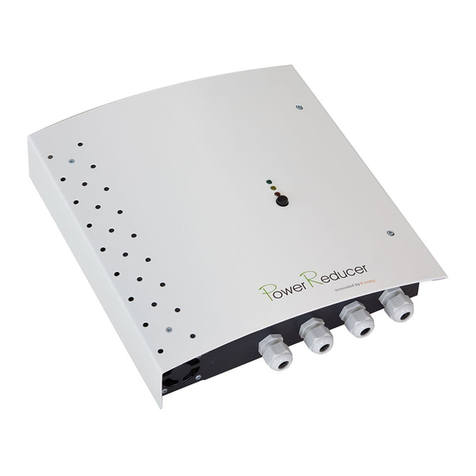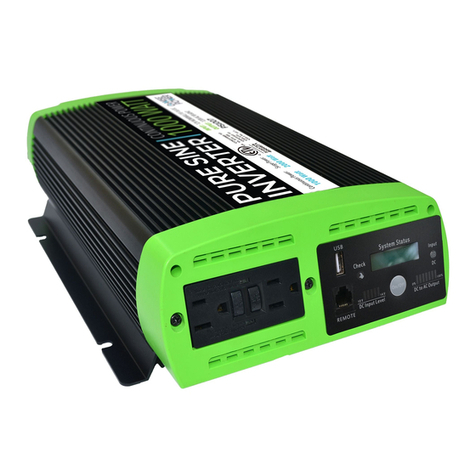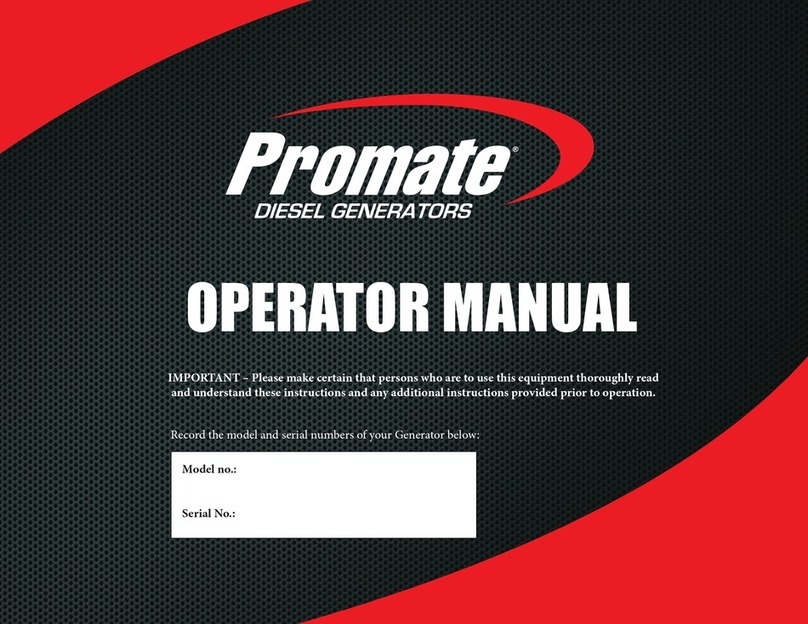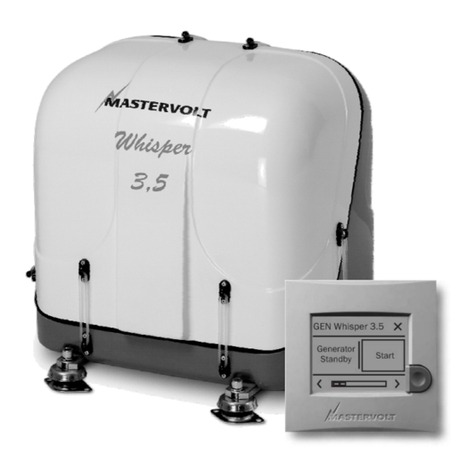Table of Contents
1. Safety Guidelines ·························································································1
2. Specifications ······························································································5
2-1. Data ······································································································5
2-2. Ambient Condition·····················································································6
3. Use·············································································································6
4. Parts···········································································································6
4-1. Outer and Main Components·······································································6
4-2. Operation Panel ·······················································································7
4-3. Output Panel ···························································································8
5. Equipment···································································································9
5-1. Controller································································································9
5-2. Switches································································································11
5-3. Voltage Regulator and Throttle Lever ·························································· 13
5-4. Fuel Line Changeover Valve (3-Way Valve) ·················································· 14
6. Transportation & Installation ········································································ 15
6-1. How to transport····················································································· 15
6-2. Installation ···························································································· 16
7. Connecting load························································································· 17
7-1. Select Load Cable ·················································································· 17
7-2. Connecting Load Cable············································································ 18
7-3. RCCB and Grounding·············································································· 19
8. Initialization and Pre-check·········································································· 22
8-1. Engine Oil····························································································· 22
8-2. Coolant / Water······················································································ 23
8-3. Fan Belt································································································ 25
8-4. Fuel····································································································· 25
8-5. Fuel, Engine Oil and Coolant Leakage························································· 26
8-6. Battery ································································································· 26
9. Operation ·································································································· 28
9-1. Initialization and Preparation ····································································· 28
9-2. Procedures during Operation····································································· 30
9-3. Stopping······························································································· 31
9-4. Protection Functions················································································ 32
9-5. Connecting with External Fuel Tank ···························································· 33
10. Check and Maintenance············································································· 34
11. Long Term Storage···················································································· 43
12. Troubleshooting ······················································································· 44
13. Generator Circuit Diagram·········································································· 47
14. Engine Circuit Diagram·············································································· 48



